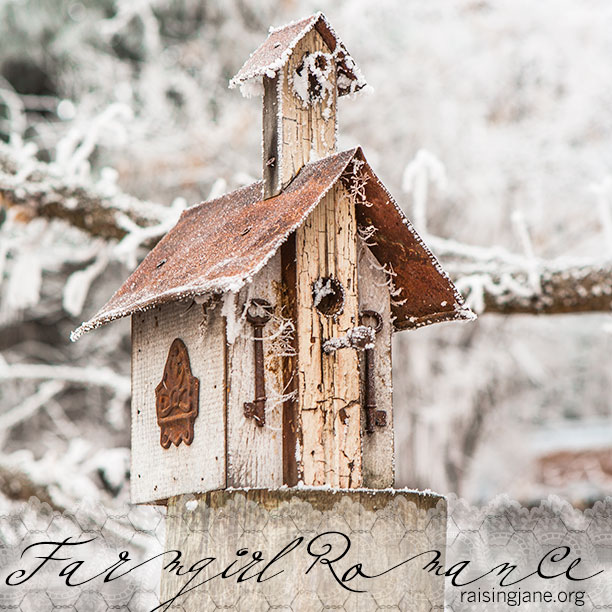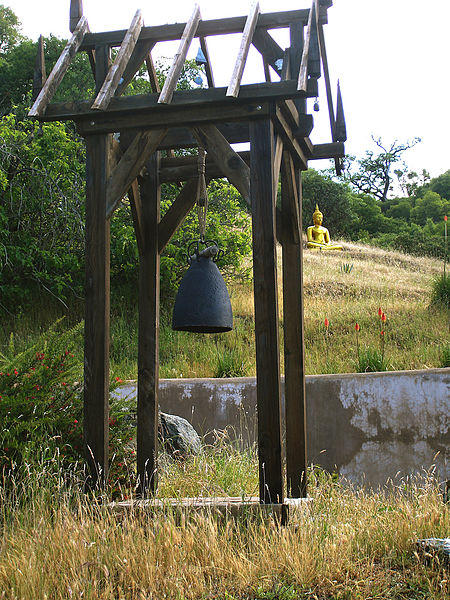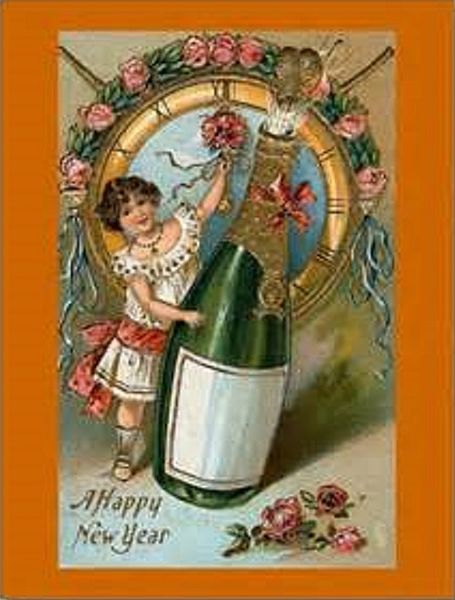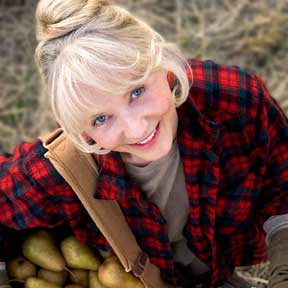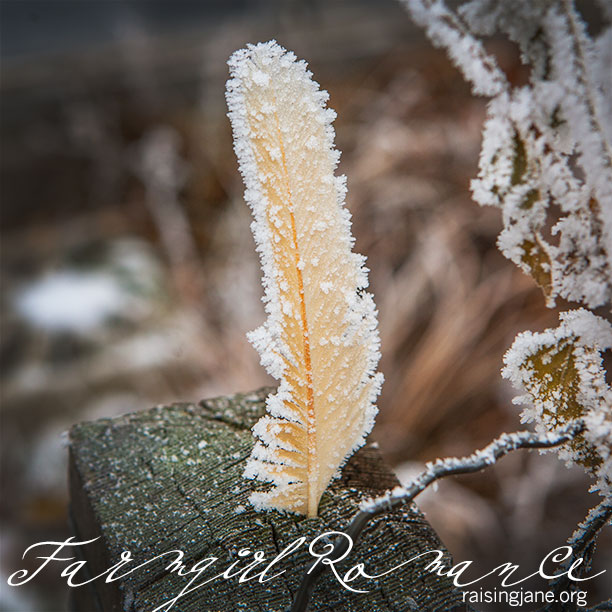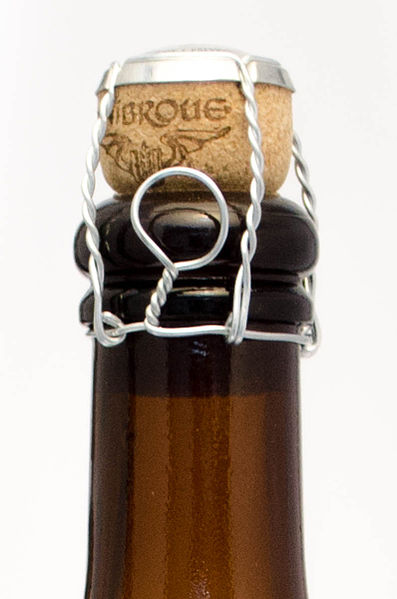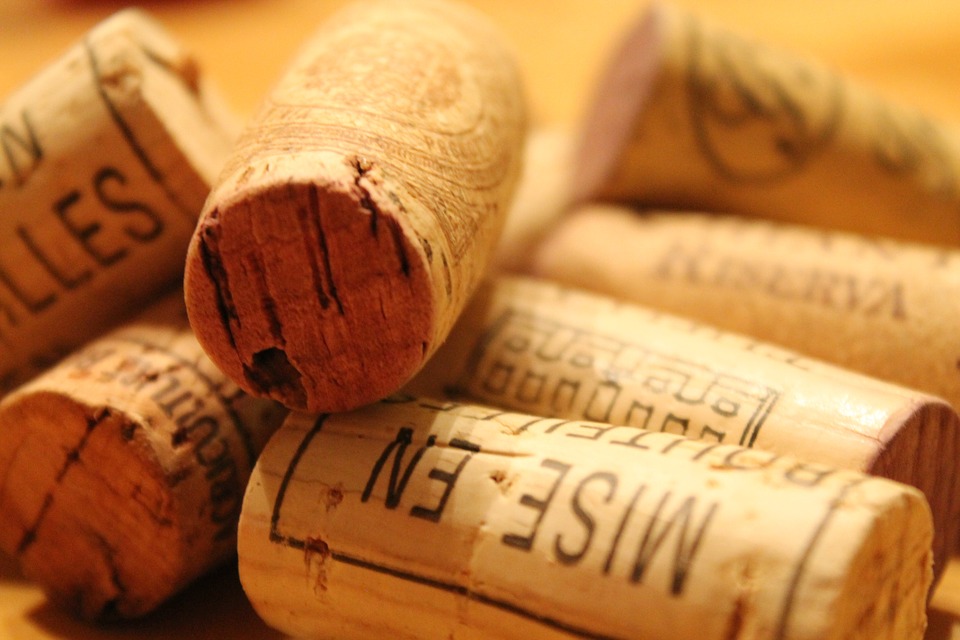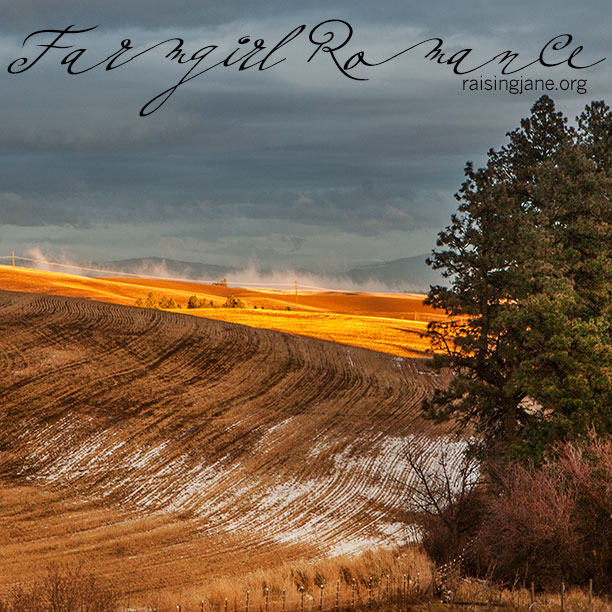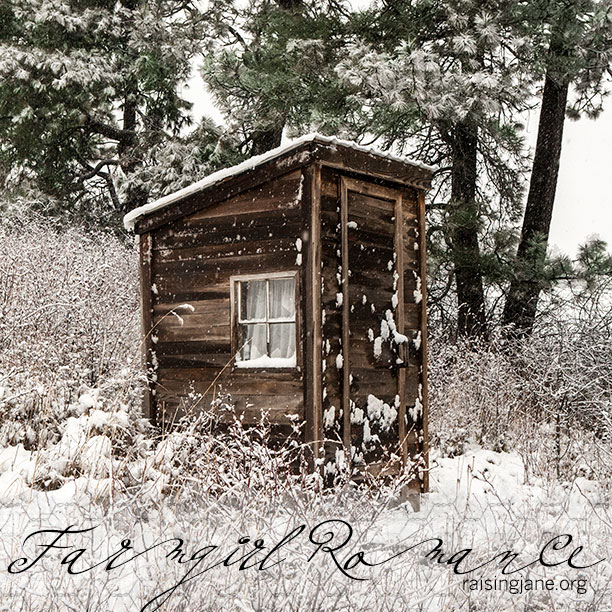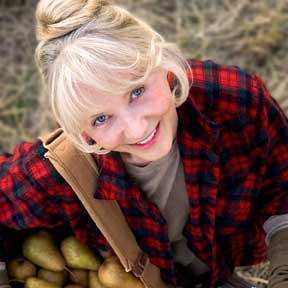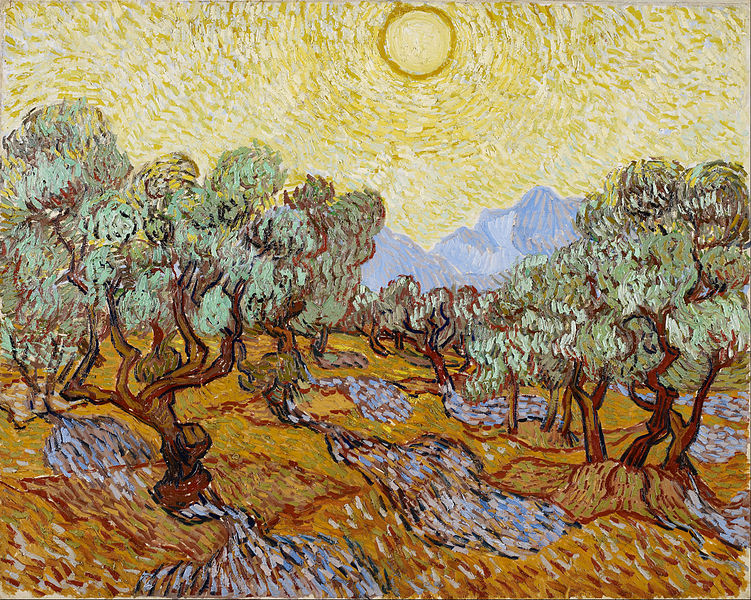“You know that feeling you get when you’re being stared at?”
This question, posed by social psychologist Ilan Shrira of the Loyola University in Chicago, is one we can all relate to, right?
“Out of the corner of your eye, even outside your field of vision, you can just tell someone is checking you out, sizing you up, or trying to make eye contact with you.”
Yup.
Let’s say you’re out grocery shopping,
perusing the produce,
when you suddenly feel as if someone is looking at you
(and it’s not one of those heirloom potatoes).
Now, don’t get jumpy.
I don’t mean the creepy kind of looking—just, you know, looking.
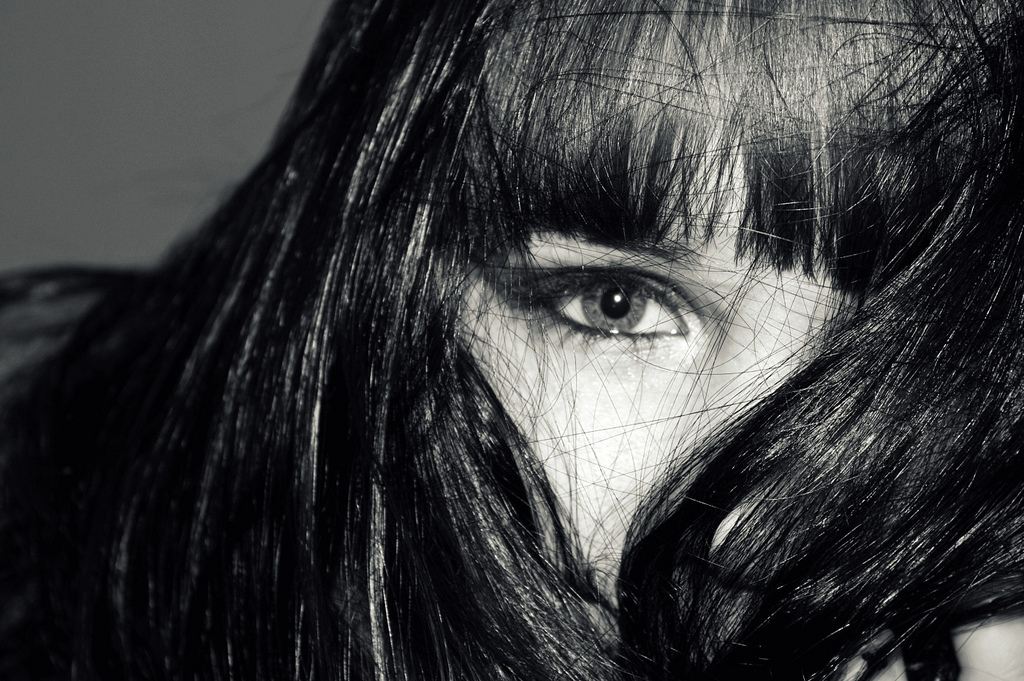
photo by Shelby H via Wikimedia Commons
And you know they’re looking without even looking to see that they’re looking.
Maybe your neck prickles a bit,
your cheeks feel a slight flush,
or you just KNOW, but you don’t really know why.
Then, you dare to glance around,
and sure enough—there’s a looker.
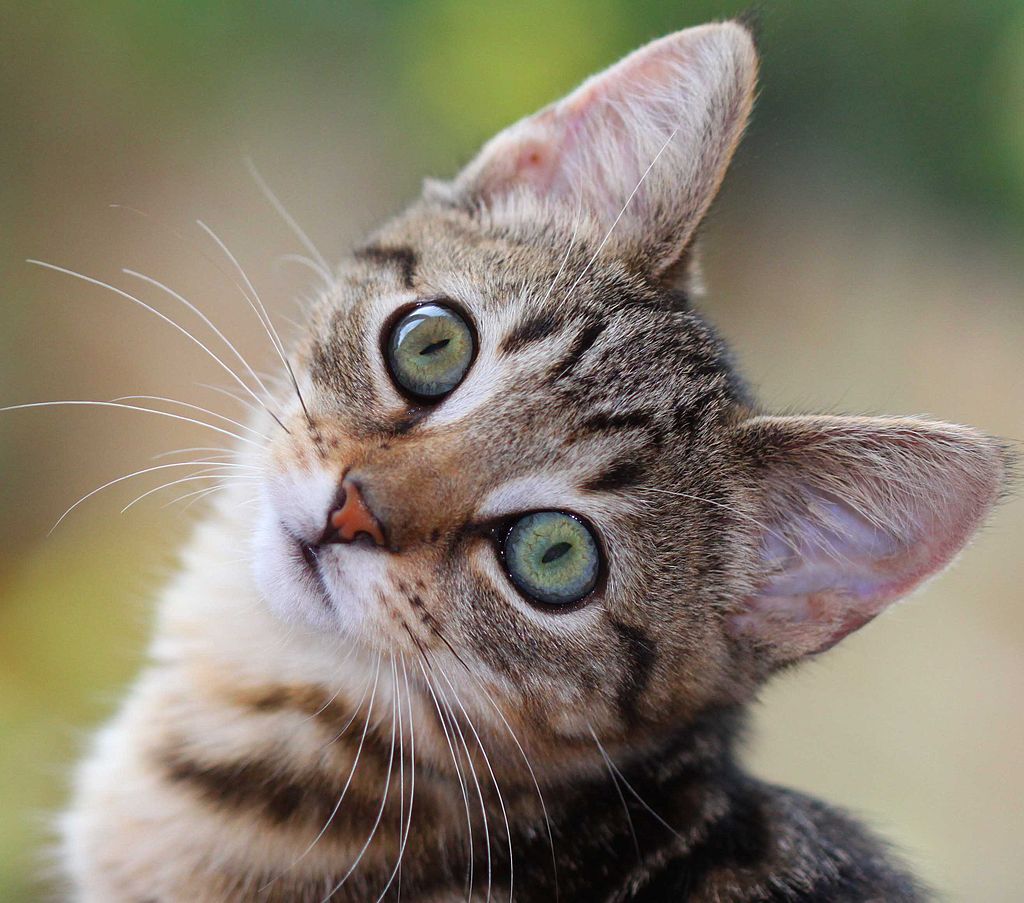
photo by Steve-h via Wikimedia Commons
Zoiks.
Young, old, male, female … kitty-cat.
Doesn’t matter.
The point is: you knew.
How?
“Sometimes it almost feels like ESP, this ability to detect another person’s stare, because it often comes at the fringes of our awareness. But far from being ESP, the perception originates from a system in the brain that’s devoted just to detecting where others are looking,” Shrira explains in a blog post on PsychologyToday.com. “This ‘gaze detection’ system is especially sensitive to whether someone’s looking directly at you (for example, whether someone’s staring at you or at the clock just over your shoulder). Studies that record the activity of single brain cells find that particular cells fire when someone is staring right at you, but—amazingly—not when the observer’s gaze is averted just a few degrees to the left or right of you (then different cells fire instead).”
Who knew?
You knew.

Photo by Ksnordstrand via Wikimedia Commons
